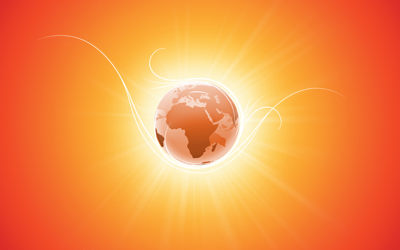 I laughed out loud at this report from the Associated Press. Watch the spin. And remember: politicians do spin, not scientists — unless their funding is at stake:
I laughed out loud at this report from the Associated Press. Watch the spin. And remember: politicians do spin, not scientists — unless their funding is at stake:
Over the past 20 years, Americans have been twice as likely to sweat through record-breaking heat rather than shiver through record-setting cold, a new Associated Press data analysis shows.
The AP looked at 424 weather stations throughout the Lower 48 states that had consistent temperature records since 1920 and counted how many times daily hot temperature records were tied or broken and how many daily cold records were set. In a stable climate, the numbers should be roughly equal.
Since 1999, the ratio has been two warm records set or broken for every cold one. In 16 of the last 20 years, there have been more daily high temperature records than low.
Sounds like proof, ‘eh? Read on!
Climatologist John Christy said that Borenstein framed the data wrongly:
The occurrence of both record highs and record lows is declining. Record-low events are simply declining more rapidly than record highs. The drop in record lows is associated with development around the weather stations, which causes low temperatures to increase more than highs for a variety of reasons.
…
The AP … is spinning the story by only noting that record lows are fewer than highs now—but the real story is that in the U.S., both extremes are falling. This is consistent with the decline in number of days greater than 100 [degrees] Fahrenheit (or 105 Fahrenheit or 95 Fahrenheit, etc.). The differential decline in record temps is inconsistent with [greenhouse gas] theory, which predicts an increase in record highs and higher TMax in general.
Climatologist Roger Pielke Sr. expressed skepticism of the AP analysis as well:
Without assessing the role of increased urbanization and other land-use changes … changes in atmospheric aerosols overhead, microclimate around observing site, changes in heights of observations, and concurrent trends in surface air humidity, it is not robust to attribute any changes in extreme temperatures to just human-added atmospheric CO2.